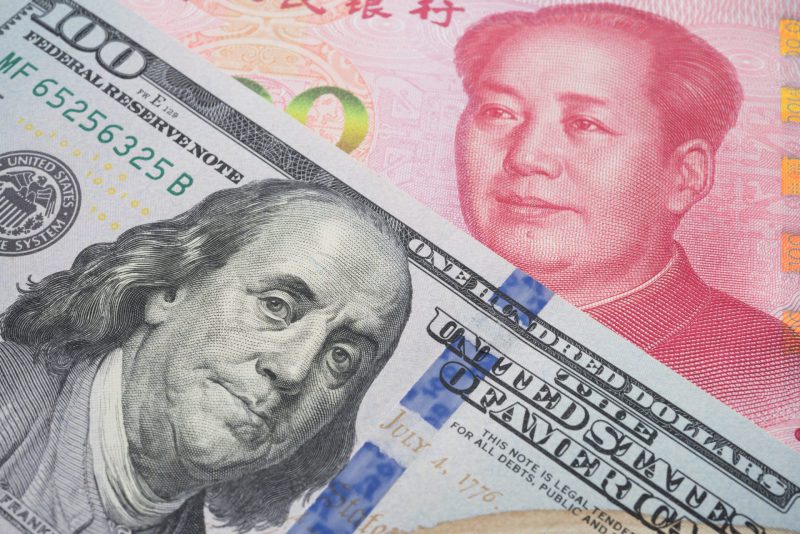The BRICS bloc has been pushing for de-dollarization for some time now, looking to ditch the US dollar as a top global reserve. The bloc agreed to expand its numbers with new inductee countries, and still have many more interested in joining and adopting de-dollarization. With their growing influence in trade, investment, and geopolitical affairs, the BRICS nations are slowly becoming a threat to the US, particularly in terms of its national debt.
This would be music to the ears of the BRICS alliance, who look to eliminate the US dollar in favor of a BRICS currency or local currencies. For context, BRICS nations collectively represent over 40% of the world’s population and around a quarter of the global GDP. The growth of the alliance is outpacing that of the US economy, which has been up and down due to growing inflation. This has led to shifts in global trade patterns and investment flows, impacting global markets.


How Individual BRICS Nations Affect US National Debt
China in particular has a massive trade surplus with the United States, meaning it exports more to the US than it imports. This trade deficit contributes to the rise in US national debt as the US imports more goods than it exports. This leads to a flow of dollars to China and other BRICS countries, only further boosting their economies.
Also Read: 5 Countries In Asia That Want to Join BRICS in 2024
Additionally, Brazil and India have become significant trading partners for the US. Changes in trade policies or economic conditions in these countries can influence the trade balance with the US, thereby affecting its debt levels as well.
With the United States already struggling with its national debt, BRICS will look to continue its de-dollarization efforts in 2024. The bloc is looking to continue expansion, and further interest from current US dollar-reliant nations will only hamper the US’ struggles with its current debt.





